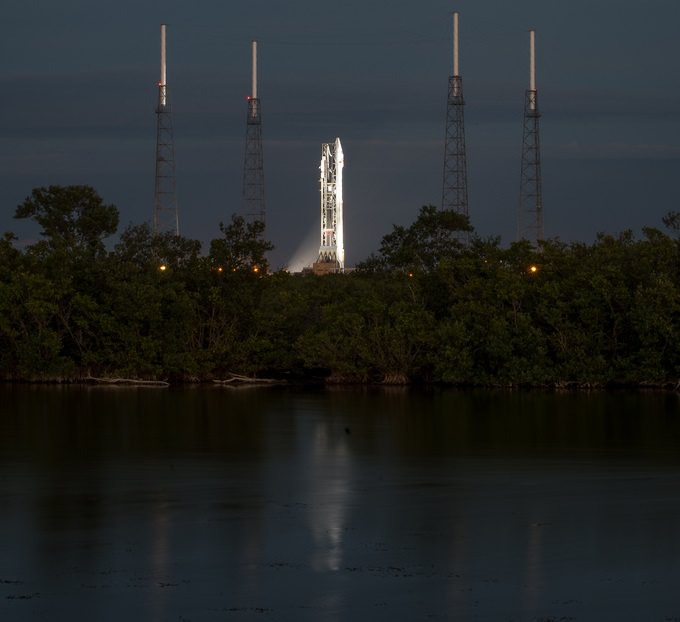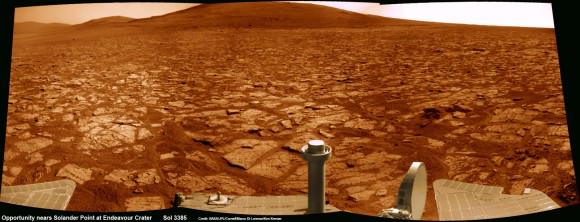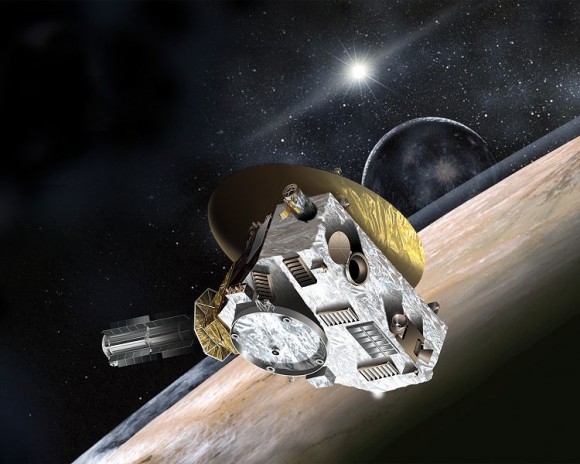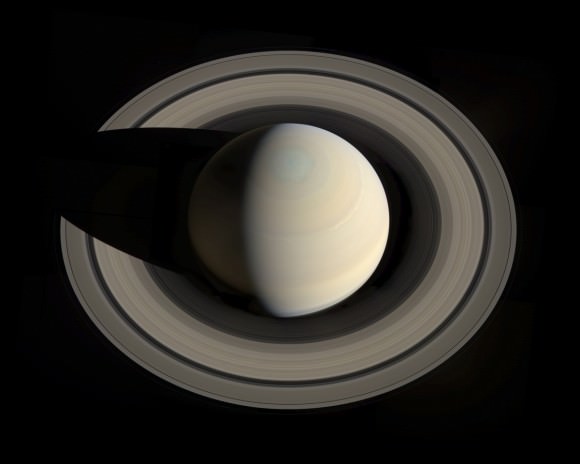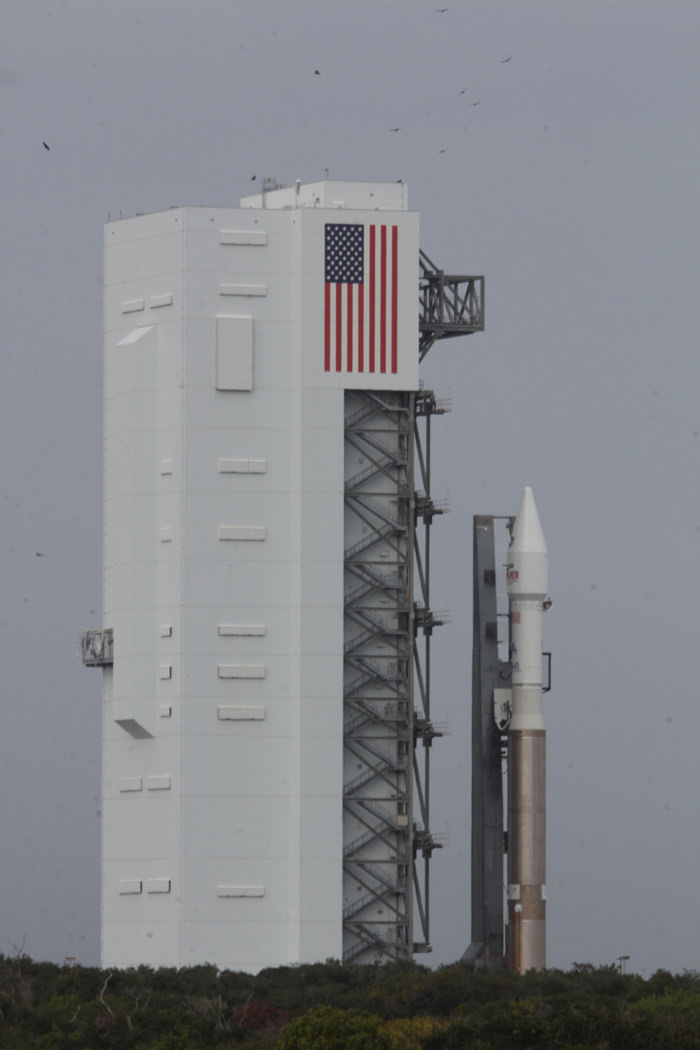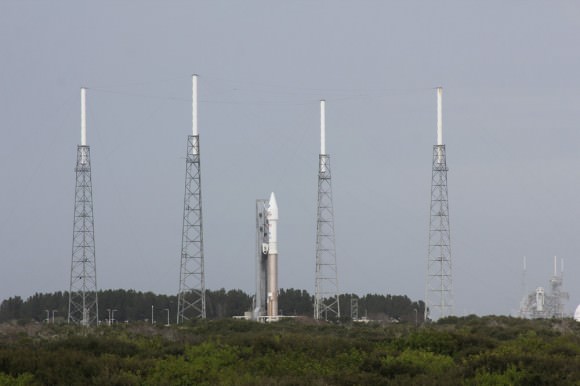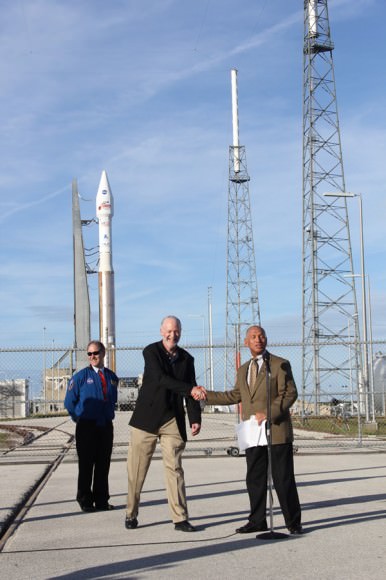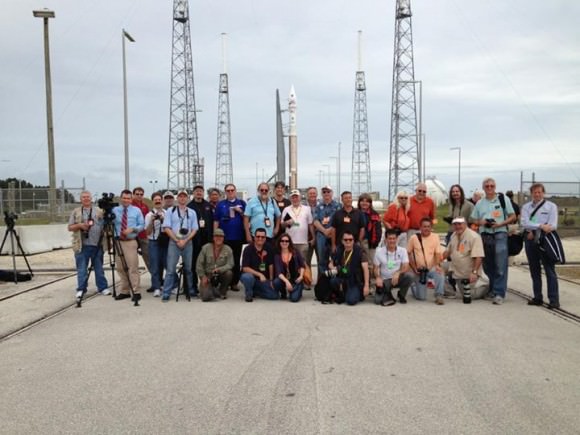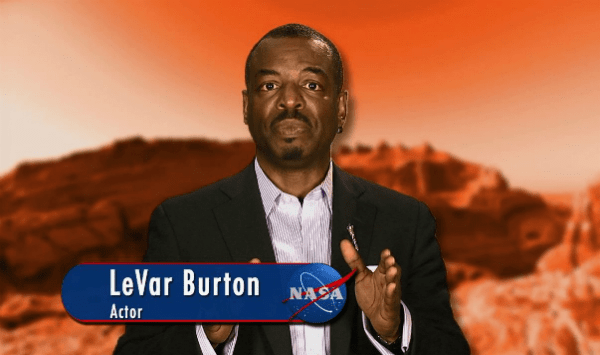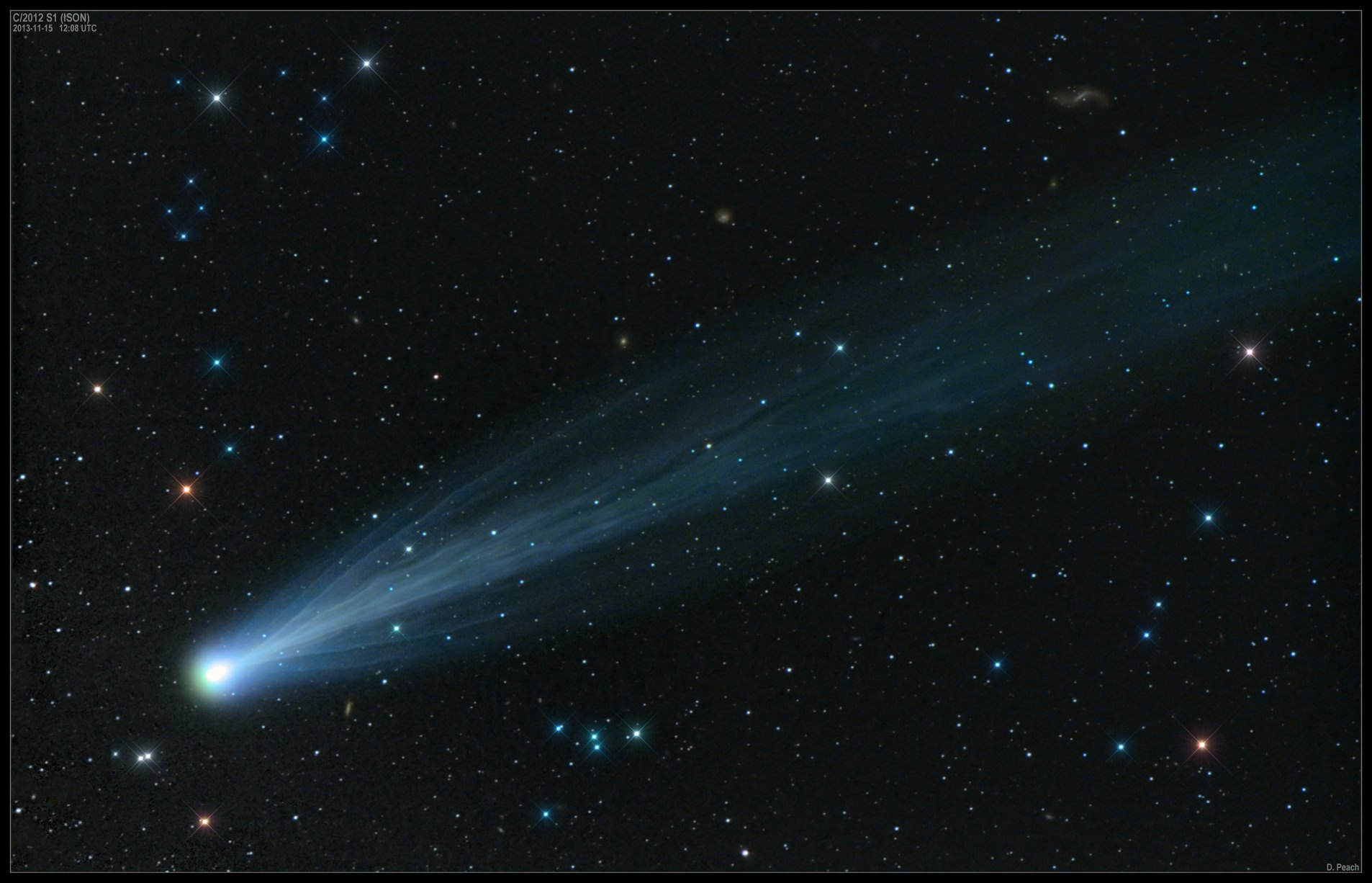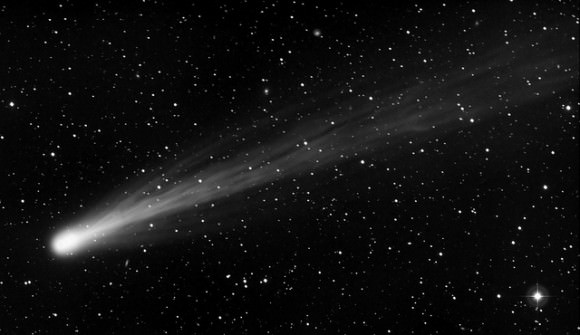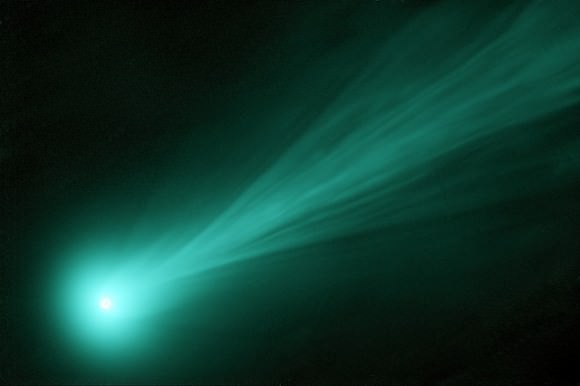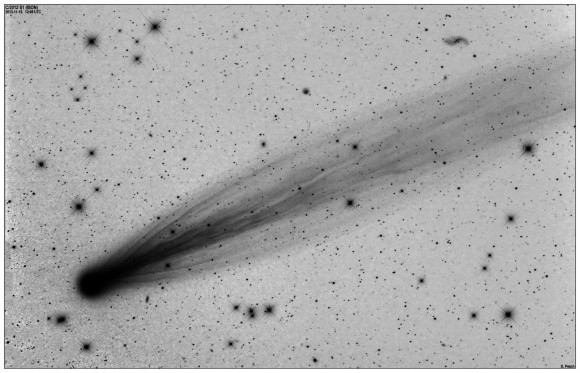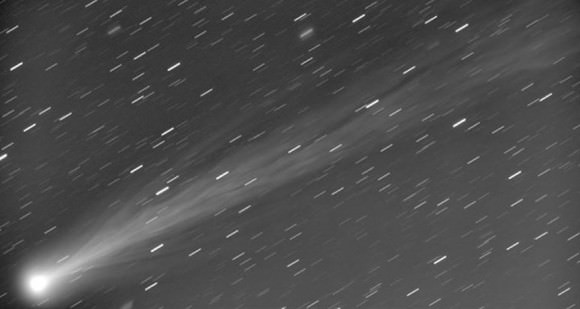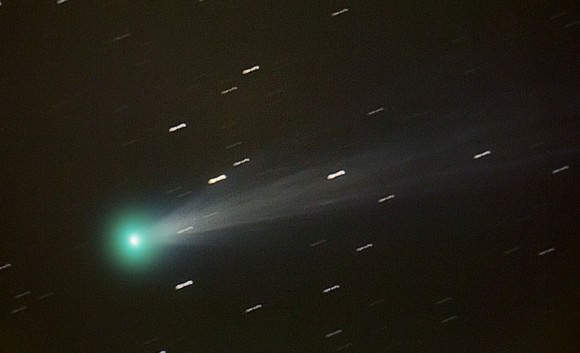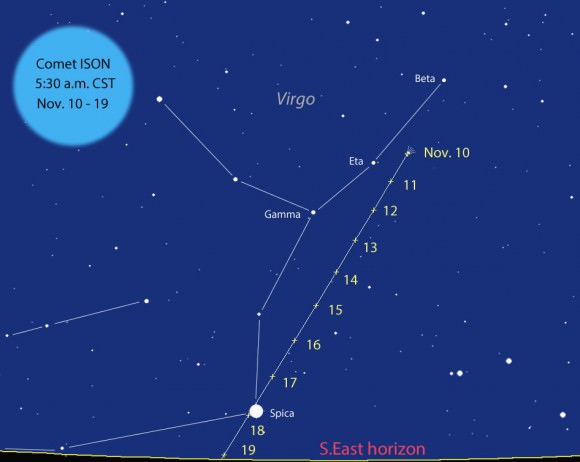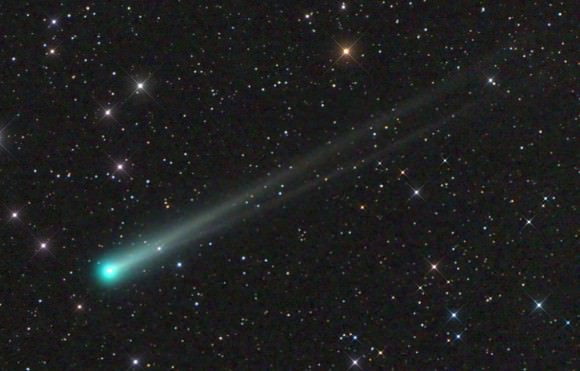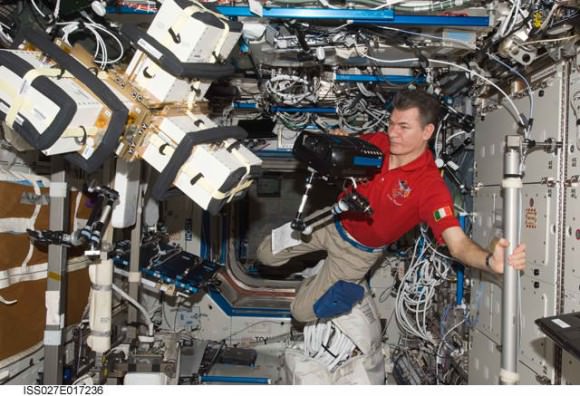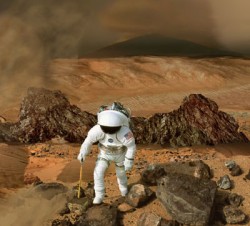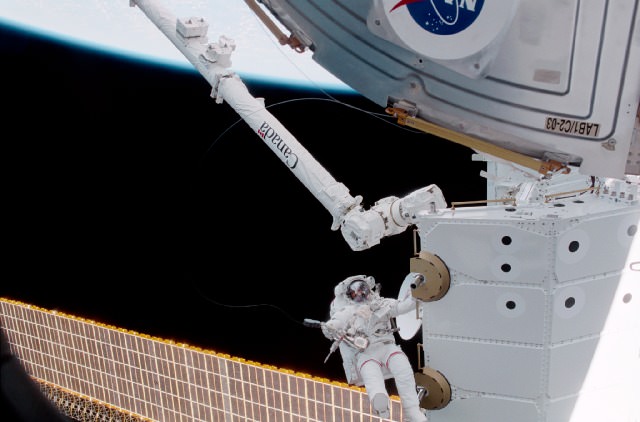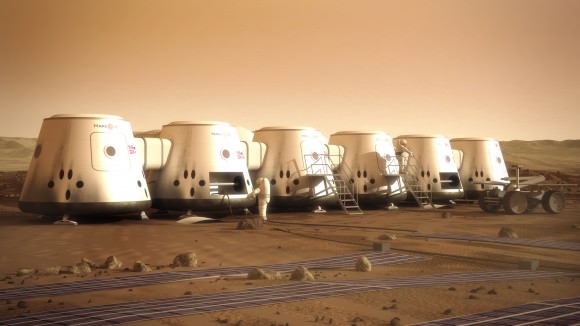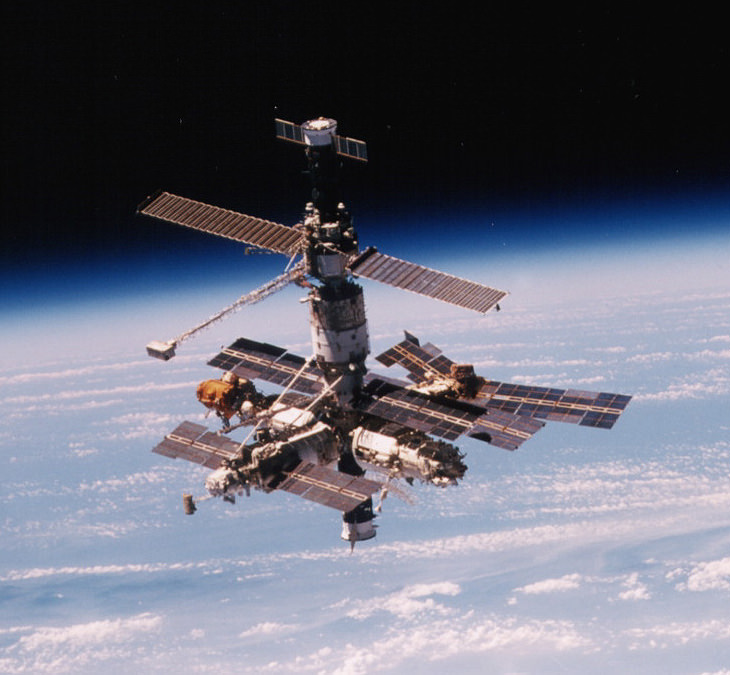Almost all astronomers agree on the theory of the Big Bang, that the entire Universe is spreading apart, with distant galaxies speeding away from us in all directions. Run the clock backwards to 13.8 billion years ago, and everything in the Cosmos started out as a single point in space. In an instant, everything expanded outward from that location, forming the energy, atoms and eventually the stars and galaxies we see today. But to call this concept merely a theory is to misjudge the overwhelming amount of evidence.
There are separate lines of evidence, each of which independently points towards this as the origin story for our Universe. The first came with the amazing discovery that almost all galaxies are moving away from us.
In 1912, Vesto Slipher calculated the speed and direction of “spiral nebulae” by measuring the change in the wavelengths of light coming from them. He realized that most of them were moving away from us. We now know these objects are galaxies, but a century ago astronomers thought these vast collections of stars might actually be within the Milky Way.
In 1924, Edwin Hubble figured out that these galaxies are actually outside the Milky Way. He observed a special type of variable star that has a direct relationship between its energy output and the time it takes to pulse in brightness. By finding these variable stars in other galaxies, he was able to calculate how far away they were. Hubble discovered that all these galaxies are outside our own Milky Way, millions of light-years away.
So, if these galaxies are far, far away, and moving quickly away from us, this suggests that the entire Universe must have been located in a single point billions of years ago. The second line of evidence came from the abundance of elements we see around us.
In the earliest moments after the Big Bang, there was nothing more than hydrogen compressed into a tiny volume, with crazy high heat and pressure. The entire Universe was acting like the core of a star, fusing hydrogen into helium and other elements.
This is known as Big Bang Nucleosynthesis. As astronomers look out into the Universe and measure the ratios of hydrogen, helium and other trace elements, they exactly match what you would expect to find if the entire Universe was once a really big star.
Line of evidence number 3: cosmic microwave background radiation. In the 1960s, Arno Penzias and Robert Wilson were experimenting with a 6-meter radio telescope, and discovered a background radio emission that was coming from every direction in the sky – day or night. From what they could tell, the entire sky measured a few degrees above absolute zero.
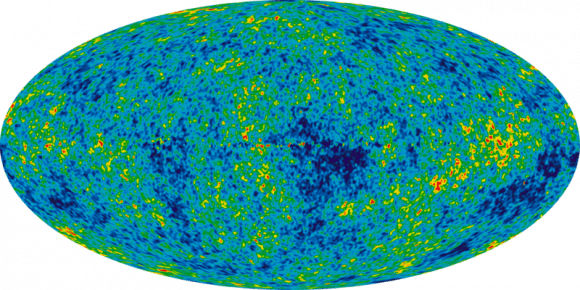
Theories predicted that after a Big Bang, there would have been a tremendous release of radiation. And now, billions of years later, this radiation would be moving so fast away from us that the wavelength of this radiation would have been shifted from visible light to the microwave background radiation we see today.
The final line of evidence is the formation of galaxies and the large scale structure of the cosmos. About 10,000 years after the Big Bang, the Universe cooled to the point that the gravitational attraction of matter was the dominant form of energy density in the Universe. This mass was able to collect together into the first stars, galaxies and eventually the large scale structures we see across the Universe today.
These are known as the 4 pillars of the Big Bang Theory. Four independent lines of evidence that build up one of the most influential and well-supported theories in all of cosmology. But there are more lines of evidence. There are fluctuations in the cosmic microwave background radiation, we don’t see any stars older than 13.8 billion years, the discoveries of dark matter and dark energy, along with how the light curves from distant supernovae.
So, even though it’s a theory, we should regard it the same way that we regard gravity, evolution and general relativity. We have a pretty good idea of what’s going on, and we’ve come up with a good way to understand and explain it. As time progresses we’ll come up with more inventive experiments to throw at. We’ll refine our understanding and the theory that goes along with it.
Most importantly, we can have confidence when talking about what we know about the early stages of our magnificent Universe and why we understand it to be true.


